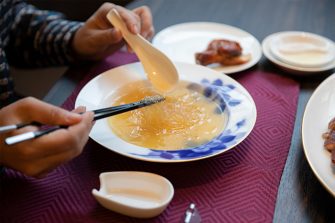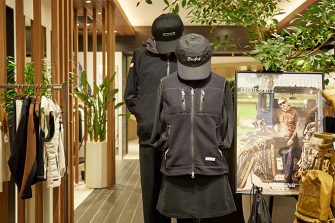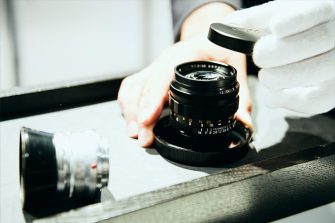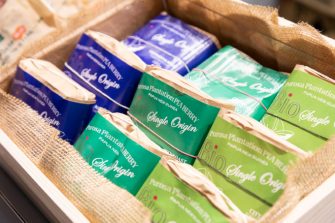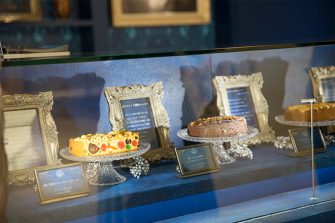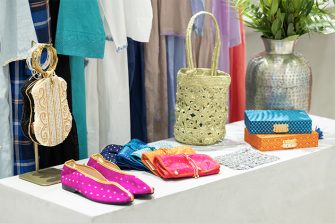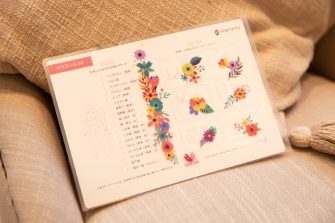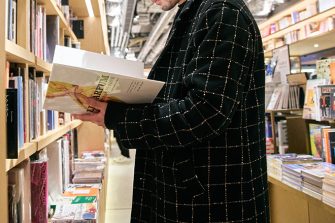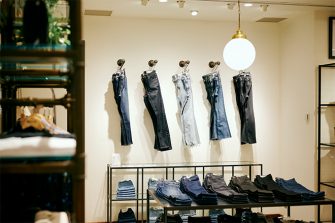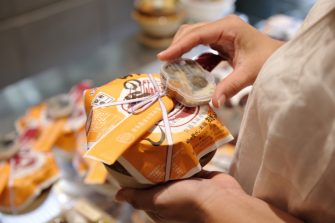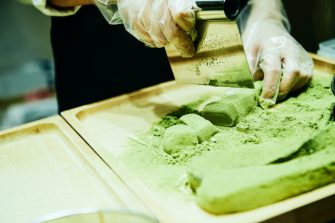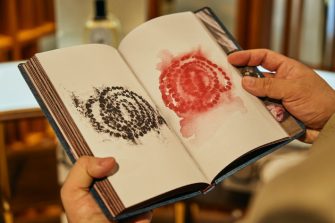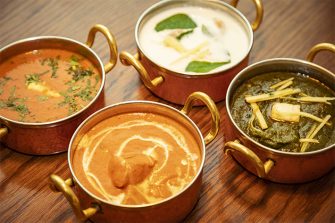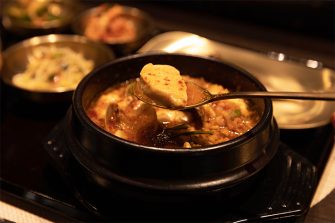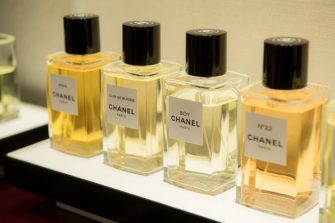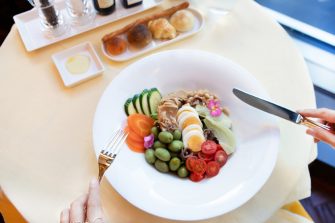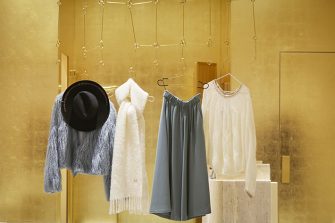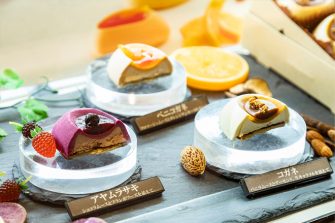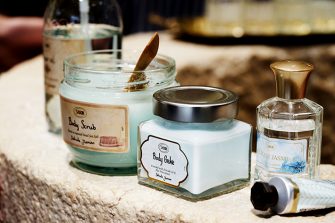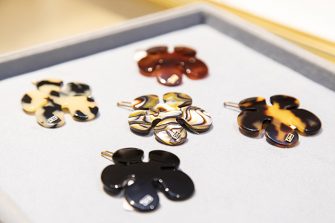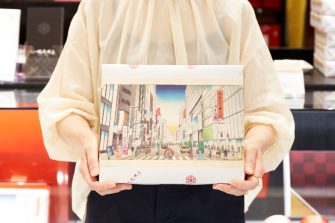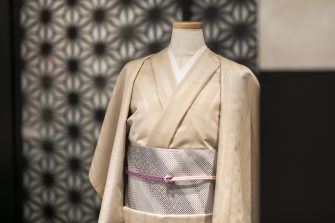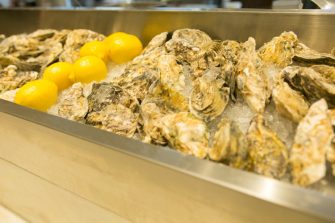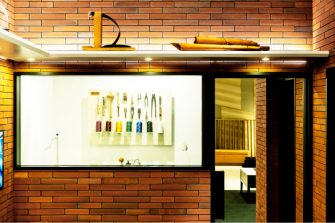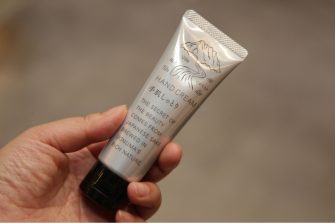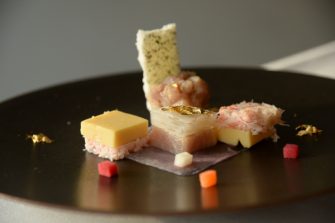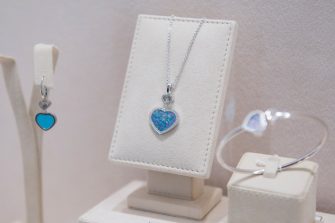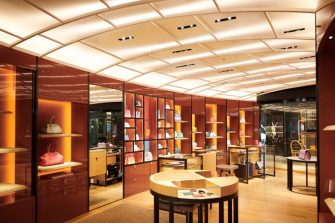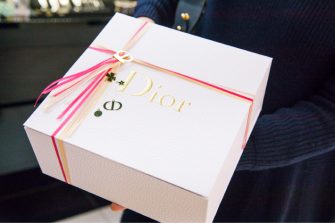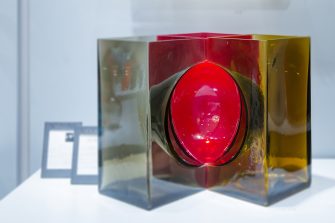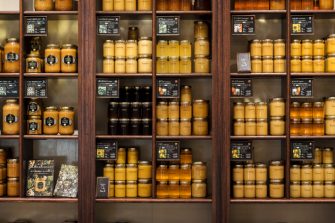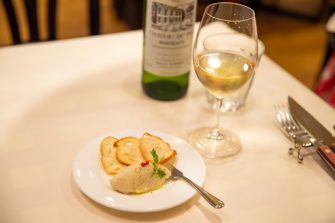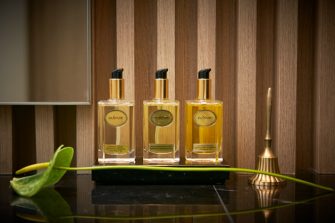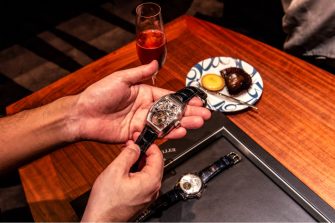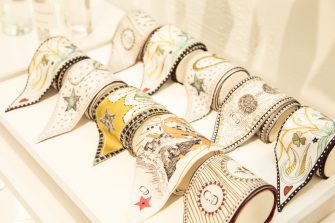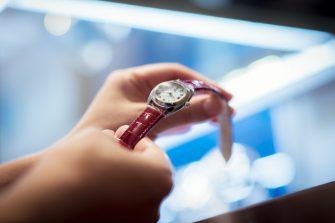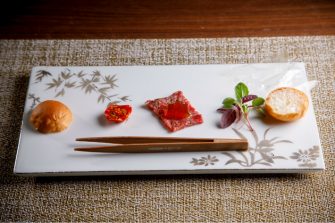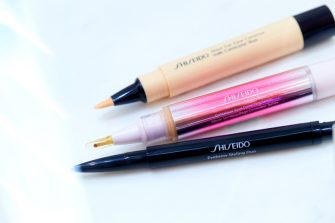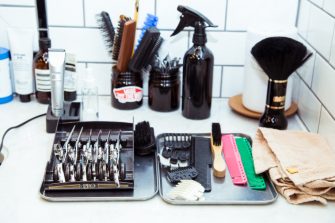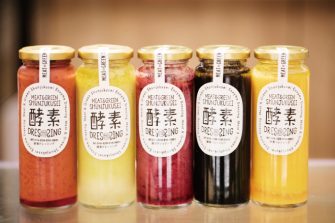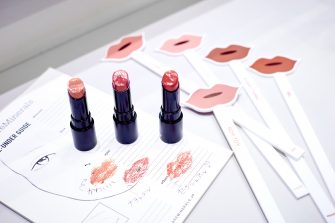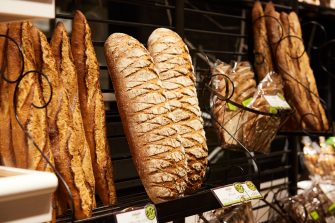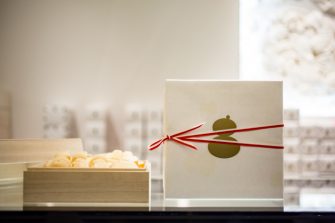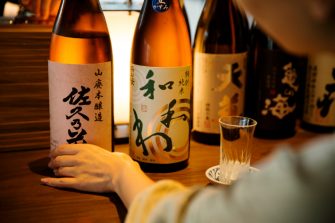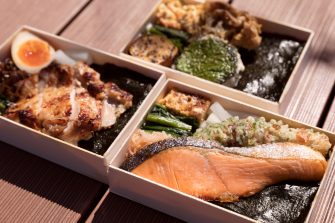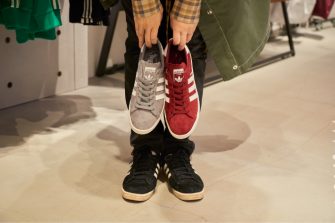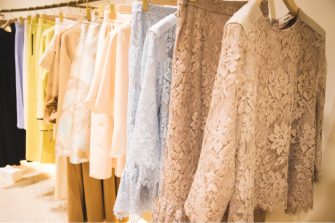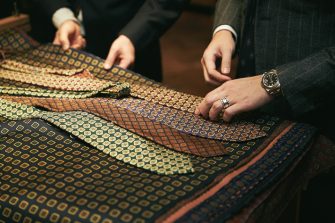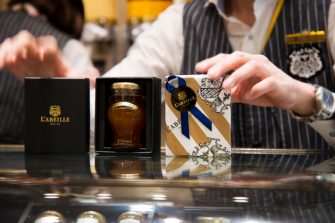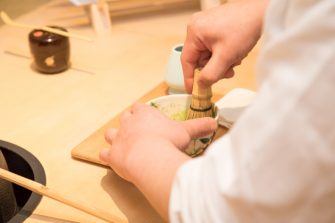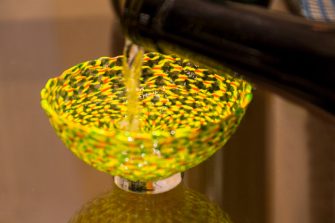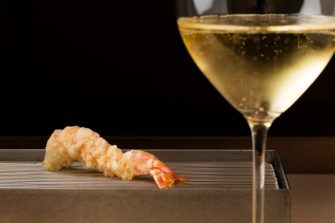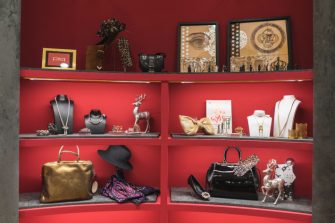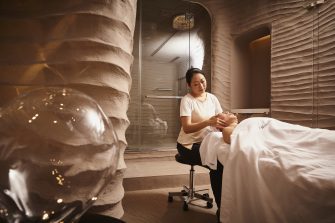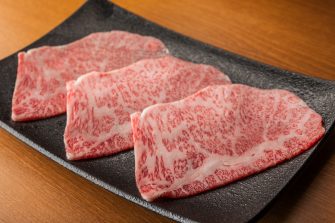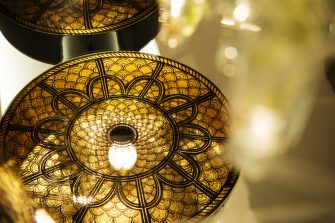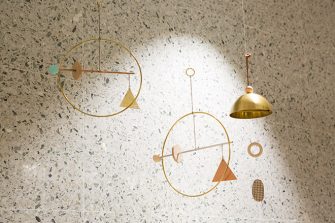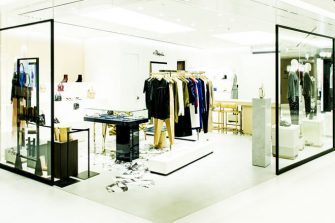

GINZA SIX EDITORS
ファッション、ジュエリー&ウォッチ、ライフスタイル、ビューティ、フード…
各ジャンルに精通する個性豊かなエディターたちが、GINZA SIXをぶらぶらと
歩いて見つけた楽しみ方を綴ります。
世界へと発信する、GINZA SIXの「和の真髄と革新」 Conveying Japanese Essence and Innovation at GINZA SIX
伊藤 文
GINZA SIX EDITORS Vol.1(Food)
拙者は在仏22年。年に3回は帰国をし、東京散歩を楽しみますが、今年のビックニュースはGINZA SIXのオープンでした。昭和の風が吹き抜け、文化の香りも漂う銀座を昔から愛していましたが、GINZA SIXは佇まいからも、「和の真髄を革新として伝える」使命への覚悟が伝わってきます。「ひさし」や「のれん」をイメージしたファサードを抜け、アトリウムの天井から落ちる、和紙を通した柔らかな光へと導かれる。流行・文化を生み出してきた聖地から、日本伝統が新しく世界へと発信されていく、その先を見つめることができるようです。私自身、パリにて「DOMA」というウェブメディアを主宰しており、食を通じて、日仏の理解を深めるという活動を行っています。そのため、GINZA SIXの使命が、散策の中で心に響いてきます。
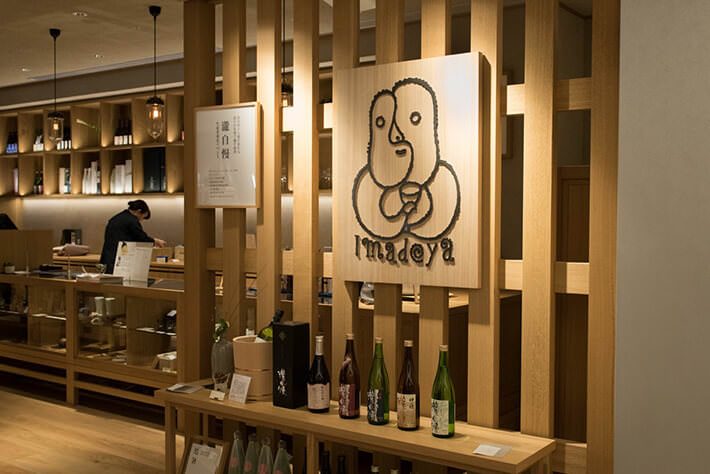
地下2階フロアでとりわけ私の心をとらえたのは、酒屋「いまでや銀座」でした。調度やフローリングをはじめ、木調で展開した空間。柔らかな温もりに、背筋が伸びる匠のこだわりが伝わってくるようです。酒、造り手との出会いを大切にし、お酒1本1本の物語を蔵というものづくりの現場から伝えたいという、2代目「いまでや」小倉秀一社長の思いが詰まっていました。
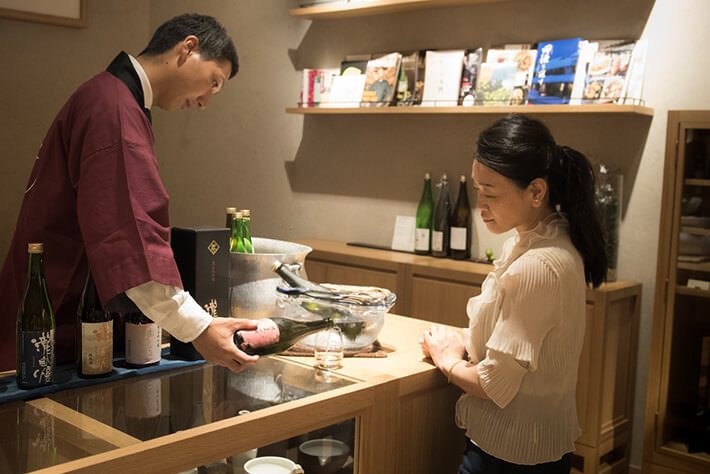
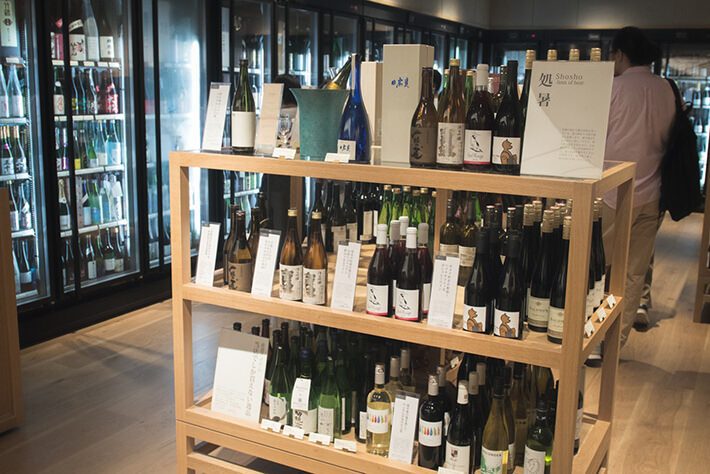
「いまでや」に頻繁に足を運びたくなるのは、社長自身が感じた感動を、お客さまにも味わってもらいたいと、一期一会の仕掛けを設けてくれているから。「角打ち」コーナーでは、日替わりで蔵元の有料試飲を提案。取材日は三重の銘酒「瀧自慢」の勧める6種の酒が試飲できました。また二十四節気に合わせた、季節にあった酒セレクトも並びます。「処暑」の候では“目指したのは とりあえずビールに代わる 涼夏の日本酒”「宝剣 涼香吟醸」や、“芳醇ながら軽快なうまみ 西酒造の造る麦焼酎”「一粒の麦」など。俳句のような詞を 載せた名札文からも、今日の食卓のイマジネーションをかき立てられます。
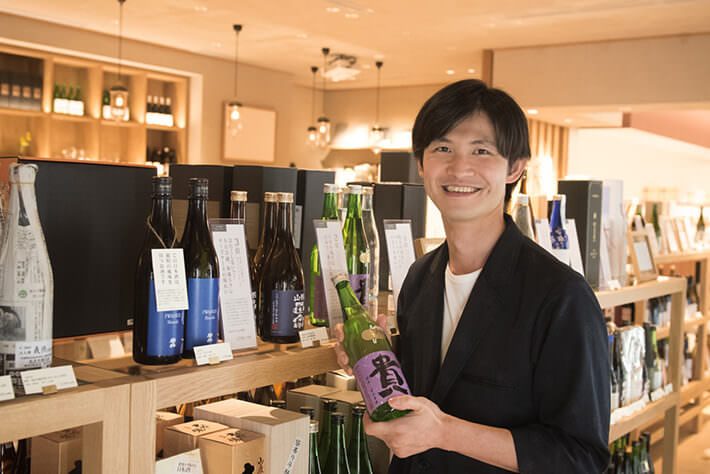
真骨頂は、「いまでや」が、2017年春、自社庫を開設して始めた、長期熟成日本酒の提案でしょう。海外との取引も果敢に進める小倉社長は、各日本酒が持つ特性によって、ワインと同様日本酒にもヴィンテージが可能であると実感し、日本酒の味わいの新たな可能性を引き出すことに挑戦しています。店長でいらっしゃる大川翔平さんの丁寧なガイドで、今までに味わったことのない、深い日本酒の魅力に触れてみてはいかがでしょう。
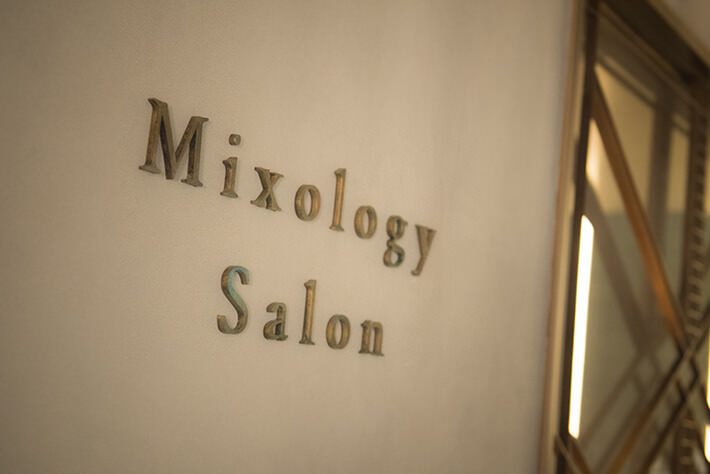
また、レストランフロア13階の「ミクソロジー サロン」も是非足を運んでいただきたいカクテルバーです。オーナーは、東京に5店舗を展開するミクソロジスト、南雲主于三さん。ミクソロジーとは、従来のレシピの枠を超え、自由な発想のもと創り出す新しいカクテルを生み出す新手法のこと。実は南雲さんは、パリでカクテルと料理とのマリアージュディナーを開催したことがあり、私もお手伝いさせていただくという僥倖にあずかりました。味にうるさいパリの美食家をして「ワインを忘れさせるカクテルだ」と言わせる好評価を得たのです。
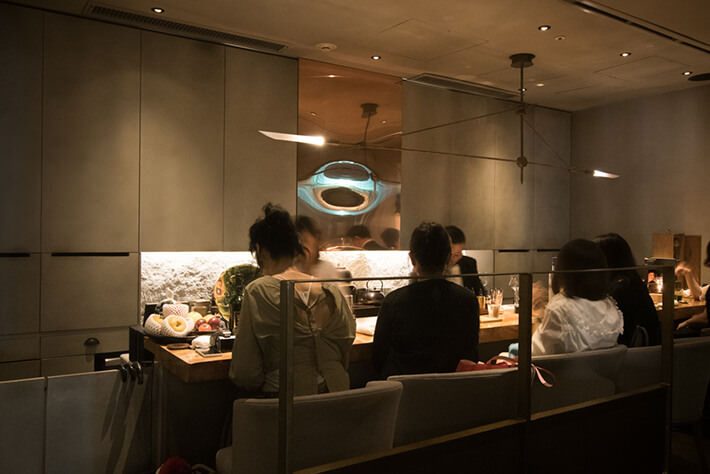
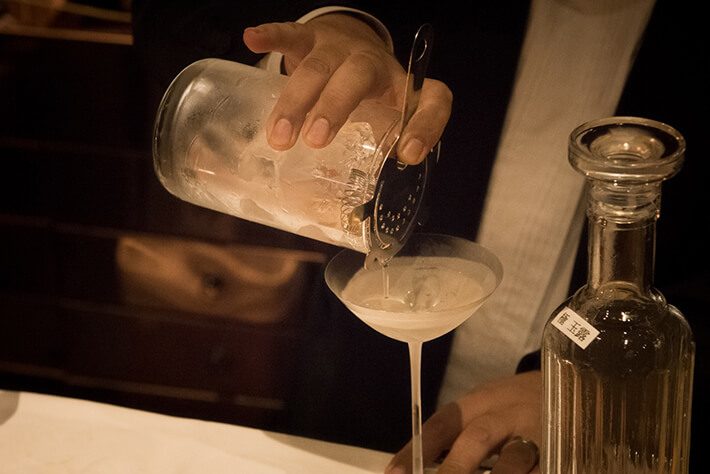
この銀座のサロンでは、著書もあり、クラシック・カクテルで権威のある伊藤学さんが、チーフ・バーテンダーを務めます。ミクソロジーという舞台で、新たな挑戦をしたいという伊藤さんのカクテルへの想いは熱く、南雲さんのレシピの中で昇華されています。

この銀座店の軸は“日本茶”です。ウォッカに自家製蕎麦茶を浸して香りを出した液体をベースに、フレッシュのパイナップルを加え、味噌のパウダーを散らした「蕎麦茶カクテル」や、やはり玉露を贅沢に浸して香りづけしたウォッカベースの「玉露マティーニ」。バーボンウイスキーと宇治抹茶のマリアージュが美しい「グリーンティファッションド」など。いずれも、お茶の魅力がカクテルによって研ぎ澄まされ引き出されていた傑作でした。

世界への舞台を開く人は、伝統を知りぬき、素材をとことん突き詰めたからこそ、新たな価値、文化を創造する力がある。「いまでや銀座」も「ミクソロジー サロン」も、世界に誇る食を通した日本文化の未来の可能性に出会える場所なのです。
Text:Aya Ito Photos:Masatoshi Uenaka Edit:Yuka Okada
I’ve lived in France for 22 years and return to Japan three times a year. I always enjoy walking around Tokyo. The big news this year was the opening of GINZA SIX. I’ve loved Ginza forever and its cultivated Showa-era atmosphere. But from its appearance alone, you can see that GINZA SIX has set itself the mission of conveying the Japanese essence and innovation. I pass through the entrance façade, reminiscent of traditional eaves and shop curtains, and find myself drawn to the soft light descending from the atrium ceiling and emanating through traditional Japanese paper. I feel that I can see what lies ahead, how Japanese traditions will be broadcast afresh to the world from this sacred ground of Ginza, a long-time generator of culture and the latest trends. I run DOMA, an online media site based in Paris, and work in various ways to deepen understanding between Japan and France through food. So GINZA SIX’s mission, as I walk here, really hits home.

I was especially taken with Imadeya Ginza on the second basement floor. Starting with the flooring and furnishing, wood and wood tones are prominent throughout the space. And within this warm and inviting space, one senses the disciplined craftsmanship of true artisans. This likely stems from the high-value that second-generation president Shuichi Ogura places on sake itself, from his meetings with sake producers and his desire to tell the story behind each and every bottle, straight from the breweries that produce them.


Imadeya inspires frequent and repeat visits because it’s designed to create unique encounters that allow customers to experience the enthusiasm of the company president himself. At the kaku-uchi tasting counter, you can pay to sample a rotating daily selection of local sake. On the day I visited, one could sample six types of recommended sake from Takijiman, a brewer in Mie Prefecture. Also offered was a selection of seasonal sake based on the 24 traditional divisions of the solar year. The shosho (end of summer heat) season featured Hoken Ryokaginjyo (a cool summer sake to stand in for beer) and Hitotsubu no Mugi (a mellow, yet crisply flavored barley shochu made by Nishi Sake Brewing). The haiku-like descriptions on the name cards pique the imagination for the day’s meal.

Having opened up its own cellars in spring 2017, Imadeya perhaps displays its true strengths in offering aged sake. Ogura, who has also taken the initiative in pursuing business overseas, acutely perceives the potential of sake vintages, as with wine, based on the characteristics of each sake and is taking on the challenge of drawing out new possibilities for Japanese sake appreciation. Under the expert guidance of store manager Shohei Okawa, you can experience the depth of sake’s appeal in ways you may have not appreciated before.
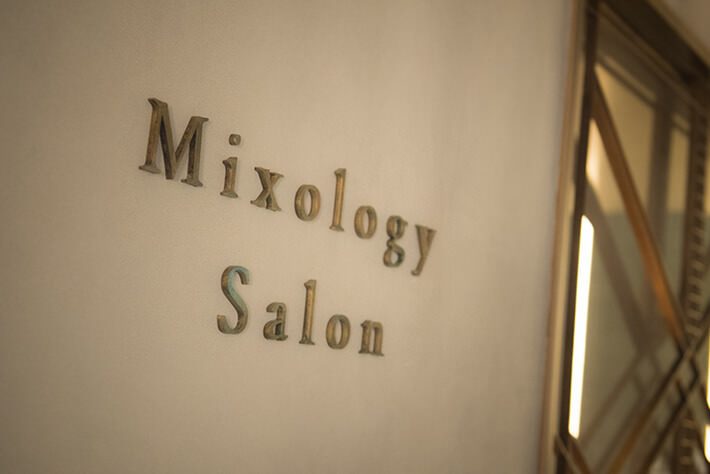
Another place I recommend highly is Mixology Salon, a cocktail bar on the 13th (restaurant) floor. It’s owned by mixologist Shuzo Nagumo, who’s opened five establishments in Tokyo. Mixology is a new technique for creating new cocktails based on innovative concepts. Nagumo has already held a dinner event in Paris pairing cocktails and cuisine, to which I’ve personally had the good fortune to contribute. That event was a major success, with some Parisian connoisseurs, notoriously difficult to please, commenting on how the cocktails made them forget about wine.


At the Ginza establishment, Manabu Ito, author and influential personage in the world of classic cocktails, serves as chief bartender. Ito is passionate about cocktails and tells me he wants to seek out new challenges on the Mixology stage. It’s this passion that helps bring Nagumo’s recipes to life.

Ginza Mixology revolves around the idea of the Japanese tea. Homemade soba tea is steeped in vodka to bring out the aroma and to create a liquid base, to which the mixologist adds fresh pineapple and a sprinkle of miso powder. This is the Soba Tea Cocktail. The Gyokuro Martini is mixed by steeping copious amounts of high-quality gyokuro green tea in vodka to bring out its flavor. The Green Tea Fashioned is an exquisite fusion of bourbon whiskey and Uji matcha green tea. These and others are masterpieces that refine and underscore the appeal of tea.

People capable of opening new pathways have the ability to create new value and culture precisely because they’ve mastered traditions and made an exhaustive study of materials and ingredients. Imadeya Ginza and Mixology Salon are both places where, through world-renowned cuisine, visitors can encounter the future potential of Japanese culture.
Text:Aya Ito Photos:Masatoshi Uenaka Edit:Yuka Okada
伊藤 文
食執筆家・翻訳家。著書に「フランスお菓子おみやげ旅行」、「パリを自転車で走ろう」、翻訳書にグリモ・ド・ラ・レニエール著「招客必携」、ジョエル・ロブション著「ロブション自伝」、フランソワ・シモン著「パリのお馬鹿な大喰らい」など。近著に「パリ、カウンターでごはん(2016年7月刊)。 日仏バイリンガルによる食のウェブマガジン&イベントプロデュース“DOMA”主宰運営(http://domapress.com)。
2017年9月末からはMAG2にて”美食大国フランスから、週刊食関連ニュース”を週刊配信。


